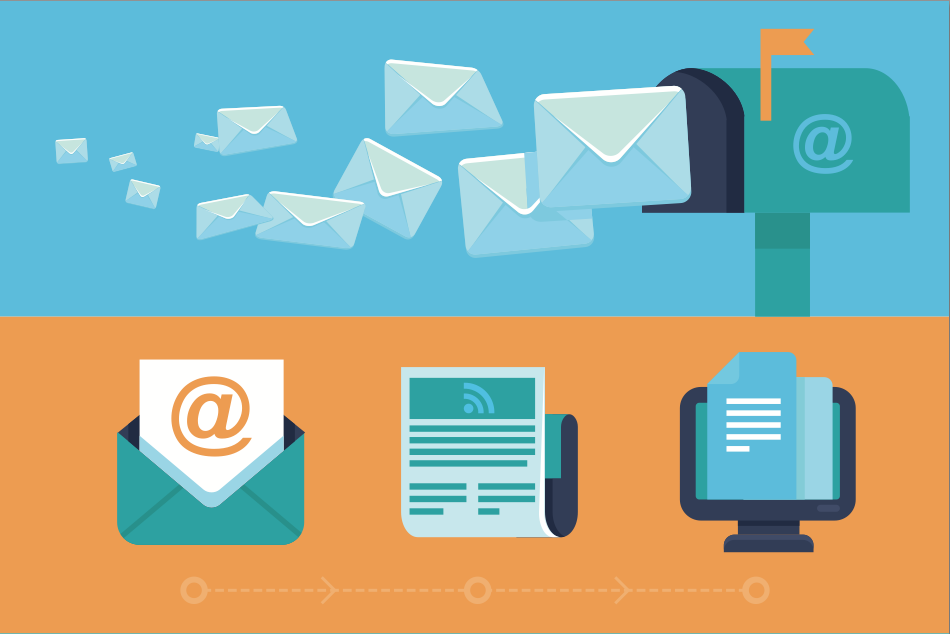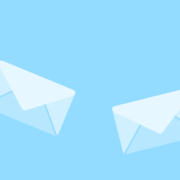In March of 2012, 59% of B2B marketers said email marketing was the most effective channel in generating more revenue, according to HubSpot. So whether or not it’s your strongest lead-generator, there’s no denying you should be using it.
But how do you use email marketing most effectively?
When 43% of adults in the U.S. say more than half of their emails are coming from marketers, according to a survey by Blue Kangaroo, it’s a competitive marketing practice to become successful in.
While testing, testing and then testing again is the only surefire way to determine what will work for your email marketing strategy, the element of personalization is no doubt a winning tactic in 2013.
Personalized Email Marketing
In general, personalizing emails can help start conversions, but there can be instances in which being too personal is something to avoid. Walking this fine line between customization and intrusion is something your company should examine closely before embarking on personalizing an email campaign, but it is worth the investment, as personalized emails can raise click-through rates.
Follow these key tips when personalizing emails:
Use the name in the body of the email: Using the consumer’s name in the greeting and throughout the email, the body is likely to get their attention. At the mention of their name, the reader may be more inclined to read the content.
Use the first name in the subject line: Consumers are more likely to open an email if their first name is used in the subject line, but only if the sender is a company they trust. There have been studies showing that using the entire name can be considered too familiar, so it is best to use only a first name. Furthermore, the use of the name is most acceptable if it is based on a pre-existing relationship.
Use the consumer’s city in the subject line: Another way to get personal without getting too familiar is to include the consumer’s city, region or state in the subject line.
Customize the content of the email: Although a name may help grab attention, the subject material of the email will ultimately cinch the deal. In order to get your reader to take the next step in your sales funnel, it is critical to offer them something they want. Offers, sales, coupons and informational content that satisfy a current desire can help initiate that conversion.
Segment your email blasts: Although it is tempting to send emails to all of your leads, there is the risk of losing those with no interest in the content. In order to limit unsubscribes, you should use personal information to generate market segments that are more likely to respond to a more tailored email. Recognizing key characteristics, like where your customer is in the sales cycle, helps deepen the relationship and encourages them to take the next step in the conversion process.
Personalize but know when to keep your distance.
Don’t get too familiar: Using a first name can help arouse interest in your email, but it may not be welcome if the user prefers anonymity. This can be a serious concern if your businesses offers products or services that are of a sensitive nature.
Less familiar = less personal:
Security is a major concern on the Internet, so it is essential that you establish yourself with the consumer before displaying too much knowledge about them.
Emails can often be considered akin to nosy neighbors; unwelcome unless they are there to serve a useful purpose. Identify the needs of your target consumers and then identify the goal of the email. Your email can help satisfy your consumer’s needs making your email content much more inviting, welcome, and, ultimately, successful.








